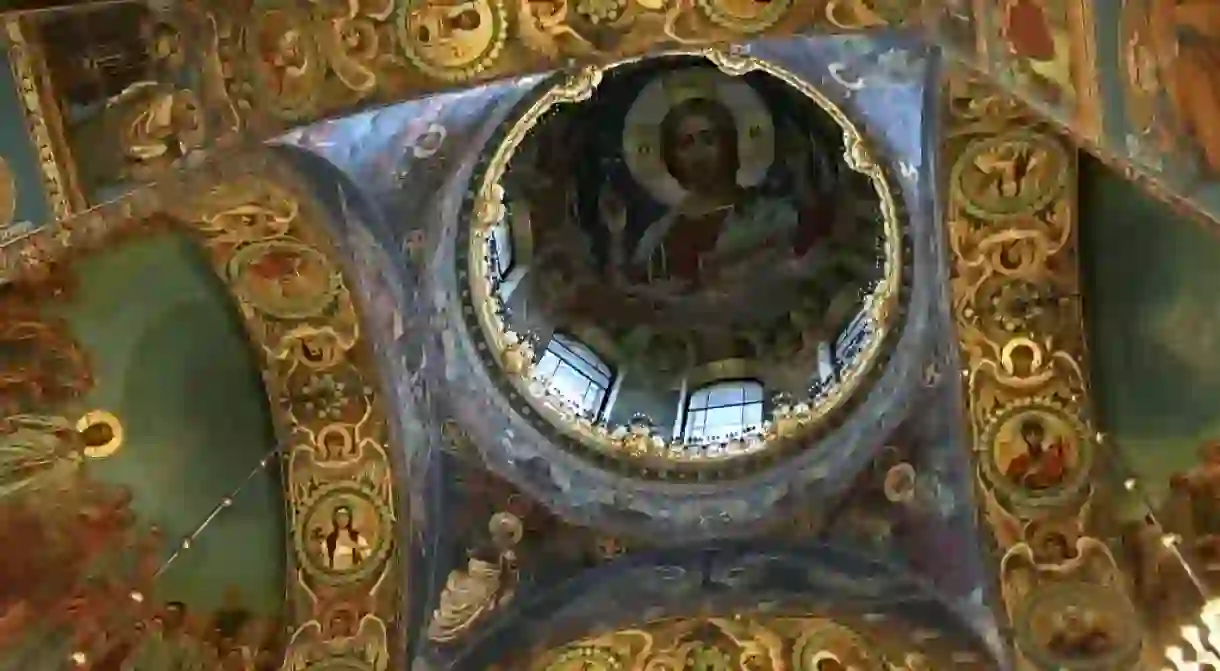How the Church of the Savior on Blood Got Its Name

The Church of the Saviour on Blood is now an iconic location in St Petersburg. Composed of hundreds of mosaics, it has an architectural style like no other in the city. Despite its bright colours and cheerful appearance, the church has a sad history and was indeed built on spilled blood.
A fateful day – March 13, 1881
The church was built on the location of an assassination carried out by terrorists of the ‘Narodnaya Volya’ organisation. Their target was the tsar of Russia, Alexander II. The terrorists knew well the tsar’s typical Sunday route from a military roll call at the Mikhailovsky Manege. When they saw his carriage approaching, one member, Nikolai Rysakov, threw a white package containing a bomb under the horses’ feet. The bomb wounded some of the guards, passersby and threw the terrorist back a few metres, but the tsar (although shocked) was unharmed. Alexander II came out of the carriage screaming for help. The second bomber threw another package right to the tsar’s feet. The blow was direct and took off both the tsar’s legs. He was still breathing and was taken straight back to The Winter Palace, the Hermitage, where he bled to death.

Alexander the Liberator
Of all Russian tsars and tsarinas, Alexander II seemed the least deserving of such a horrible fate. He was a forethinking ruler and led many reforms that changed the face of the country. He is best remembered for abolishing serfdom in Russia in 1861. Prior to that year, Russia had a serf-ownership system, not unlike slavery, that treated peasants working on a landowner’s estate as if they were property. They could be sold, exchanged, punished as their owner deemed necessary and had no freedom of movement. Despite his positive and liberal reforms, there were numerous attempts on his life. The majority of those, just like the last one, were organised by young people, university students who hoped to trigger a socialist revolution in the country.

The church then and now
The building of a memorial church was initiated by the next ruler of Russia and son of the murdered tsar, Alexander III. Construction began in 1883 and was only completed in 1907, during the reign of Nicholas II. The funding for the church was provided by the imperial family, as well as many private donors. The church now boasts over 7,600 square metres (81,805 sq ft) of mosaics with designs like no other. Many famous painters took part in designing the interior, among them Viktor Vasnetsiv, Mikhail Nesterov and Mikhail Vrubel.
The church withstood the Siege of Leningrad, despite being a prime target for German air-raids. During the Second World War, it served as a morgue and as a potato warehouse. Now the church is a museum and welcomes visitors year-round.














